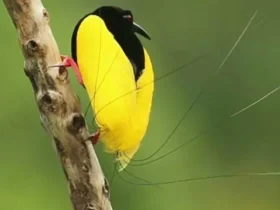Deep within the mist-shrouded forests of the Andes Mountains in South America, a spectacular avian spectacle awaits. Introducing the Andean Cock-of-the-Rock (Rupicola peruvianus), a bird renowned for its vibrant colors and charismatic display. Join us on a journey to explore the captivating world of this magnificent creature and discover the secrets behind its enchanting allure.
Andean Cock-of-the-Rock images
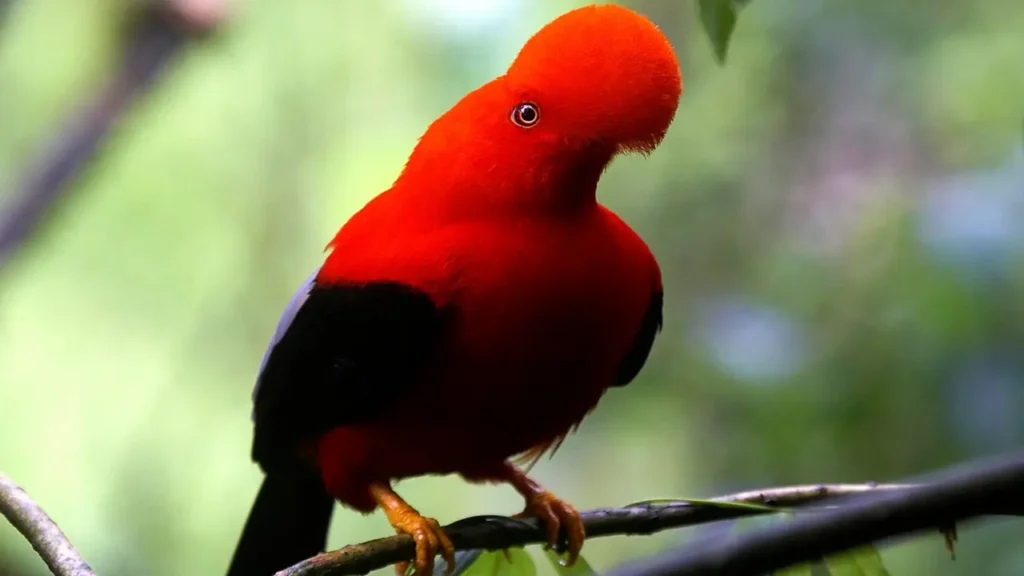
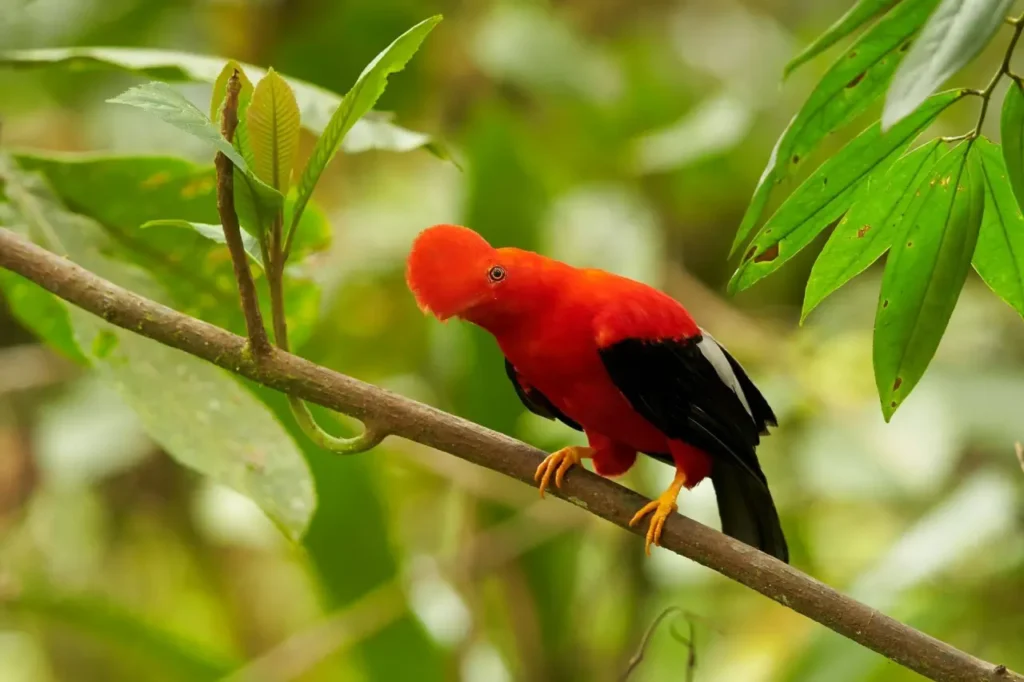
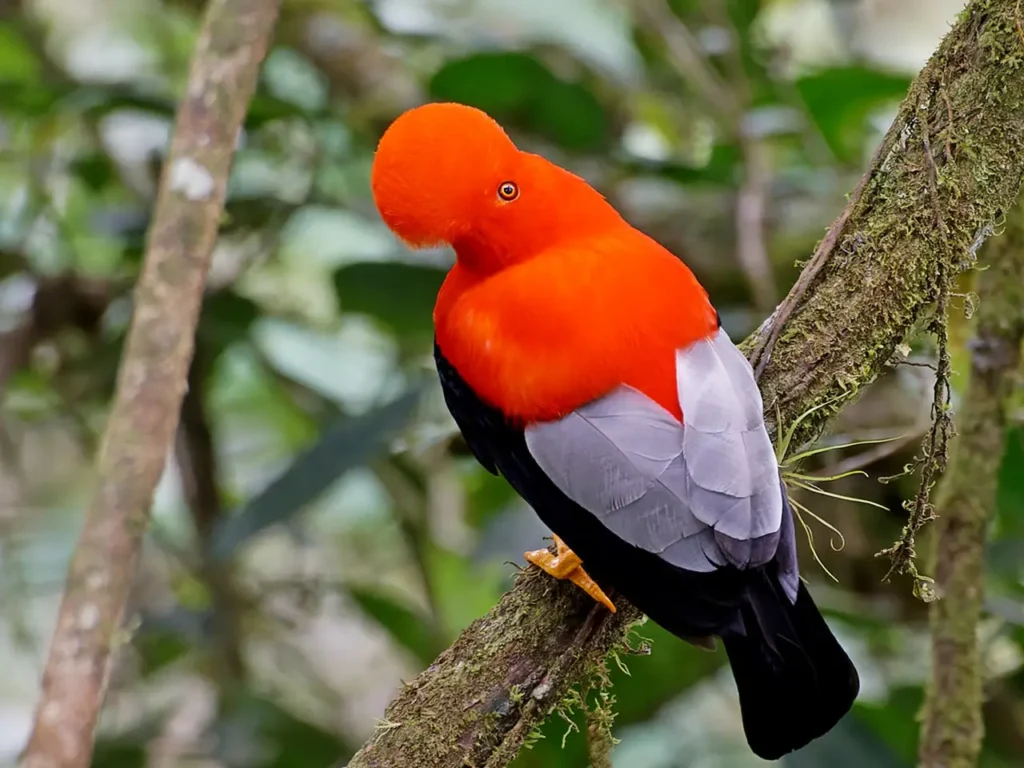
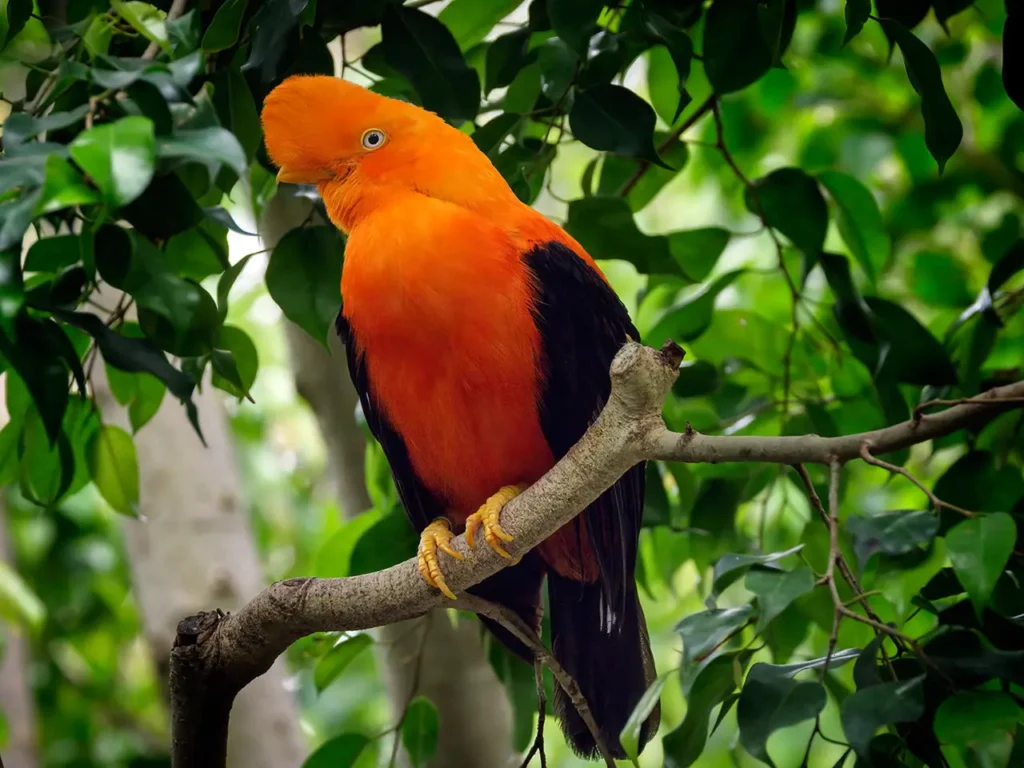
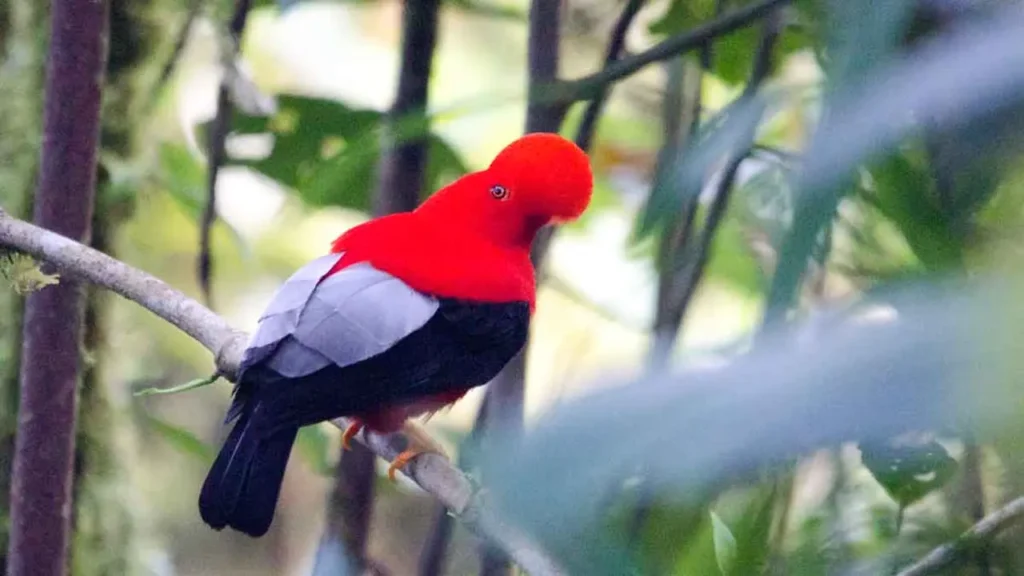
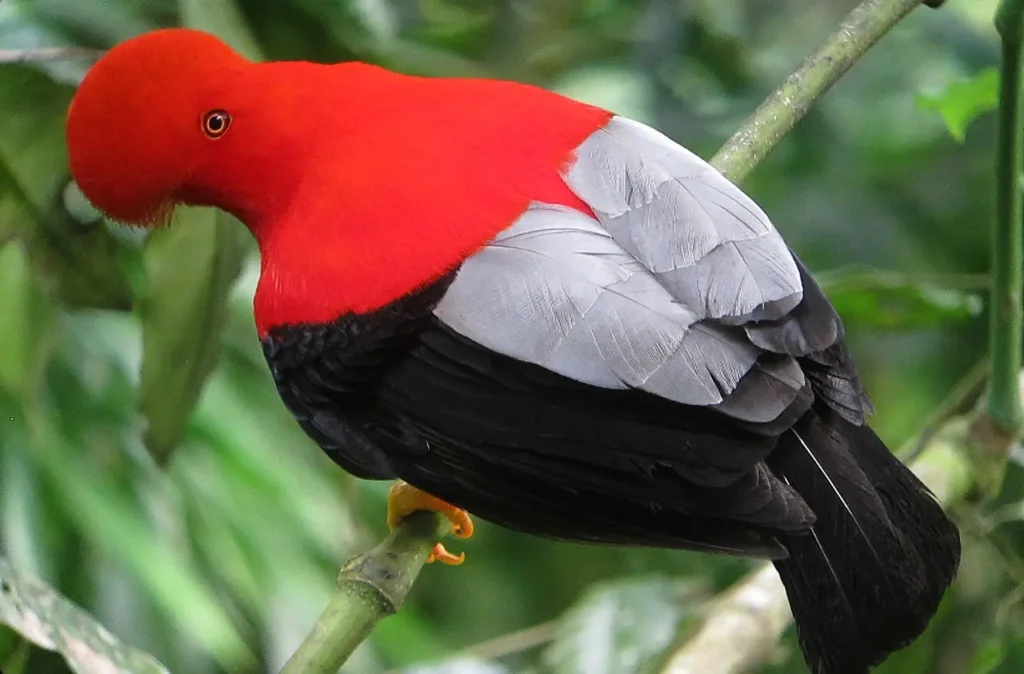
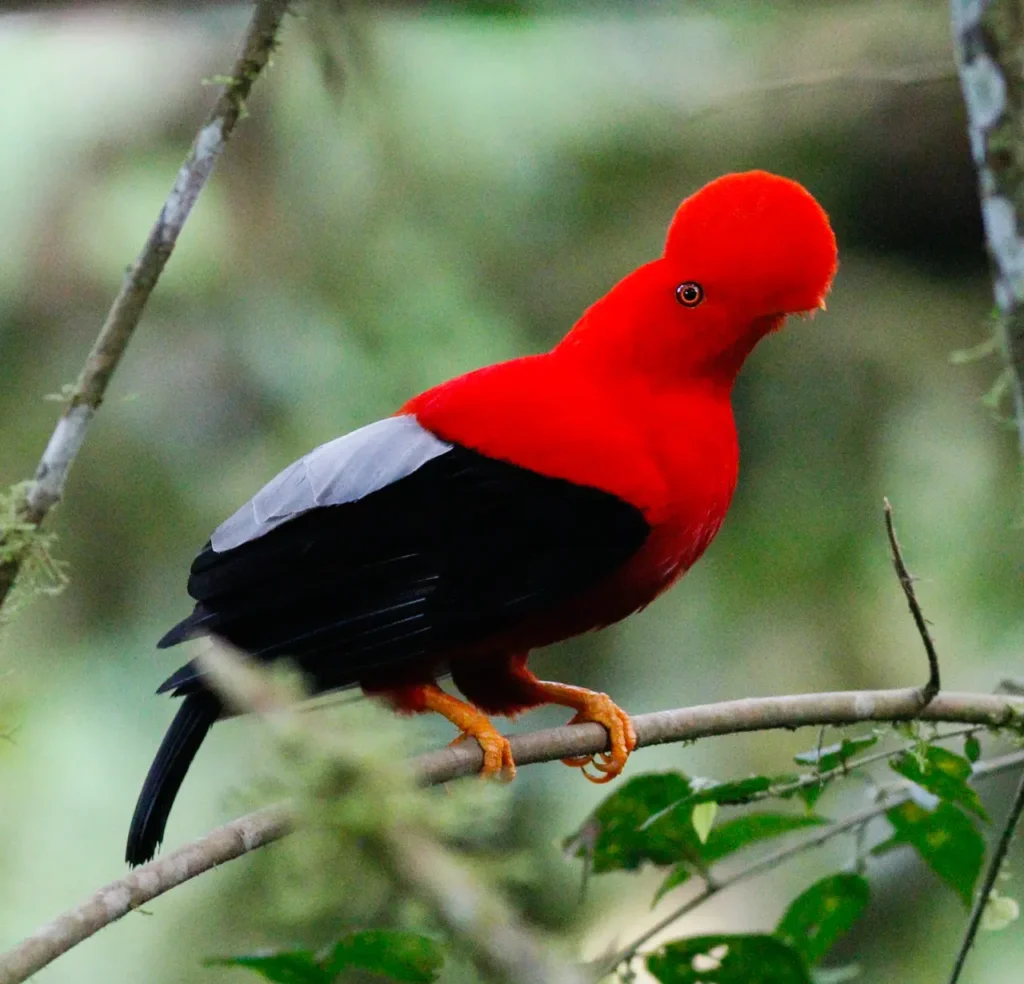
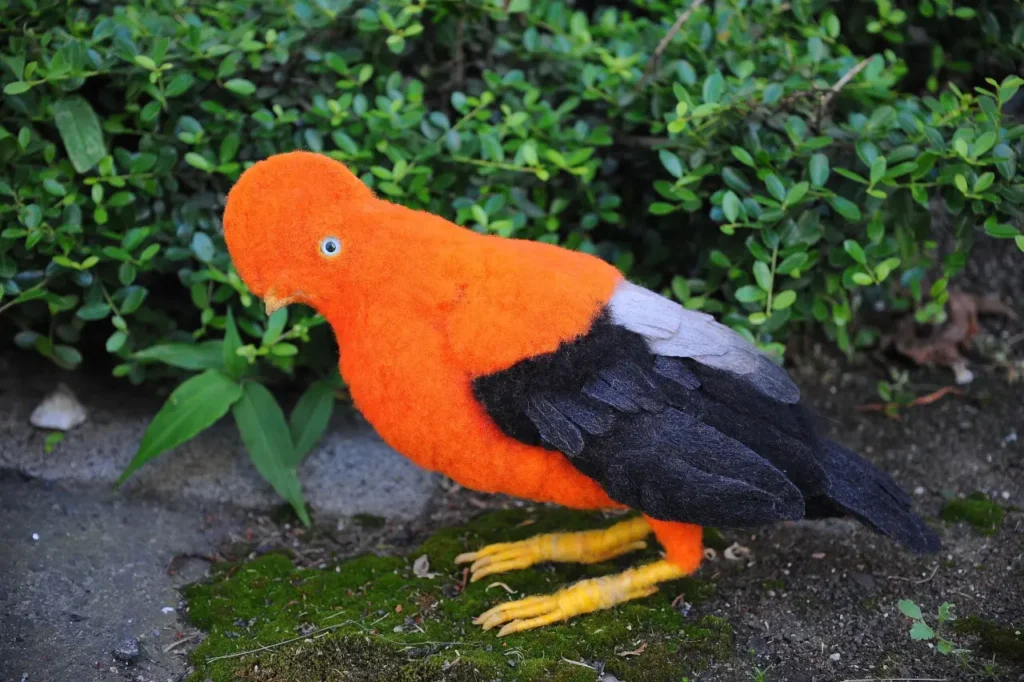
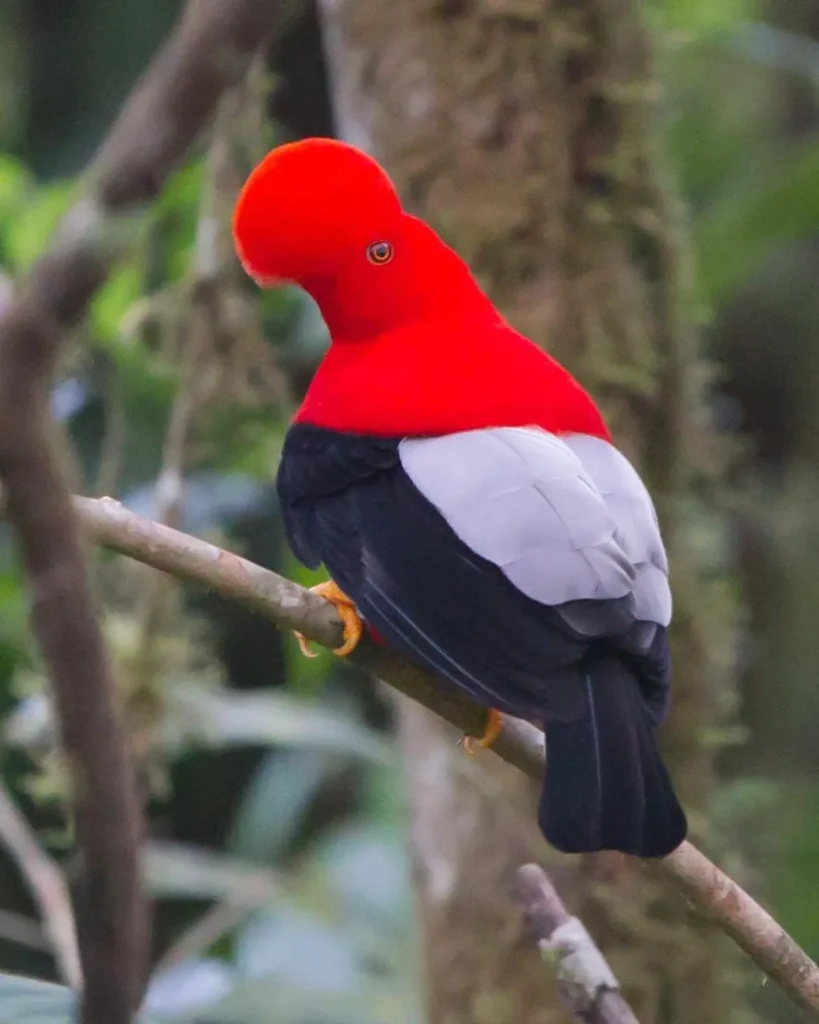
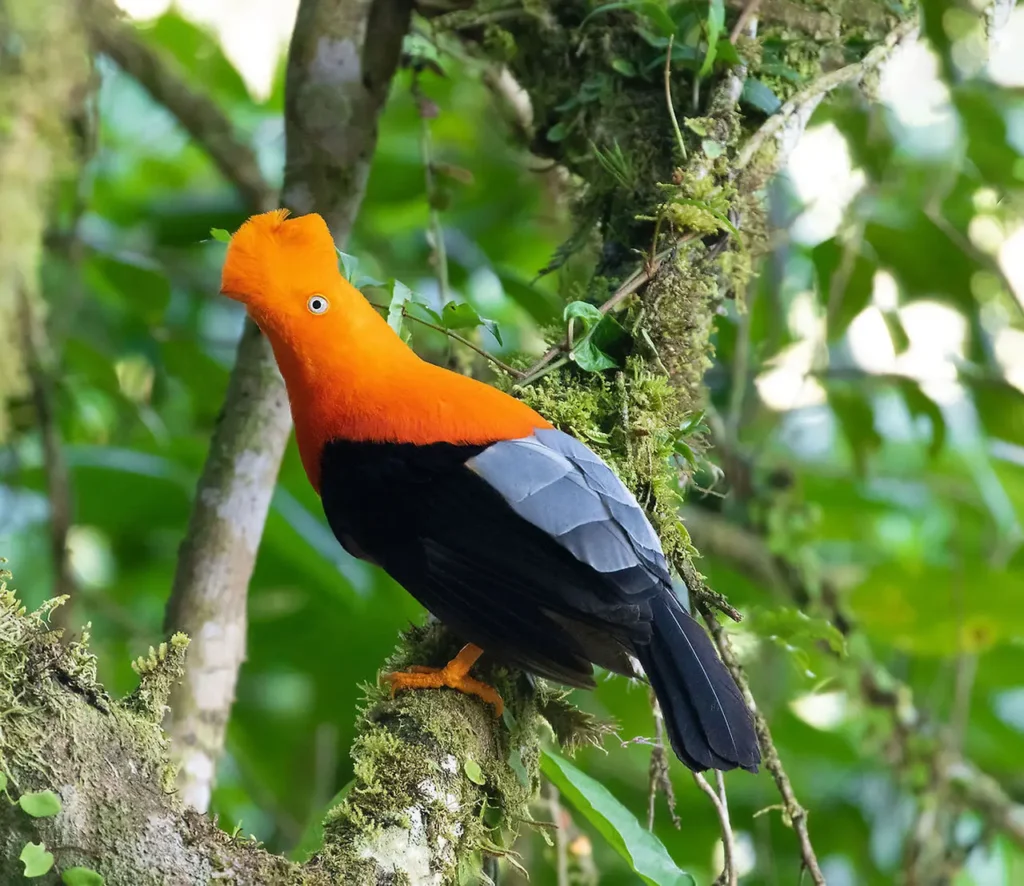
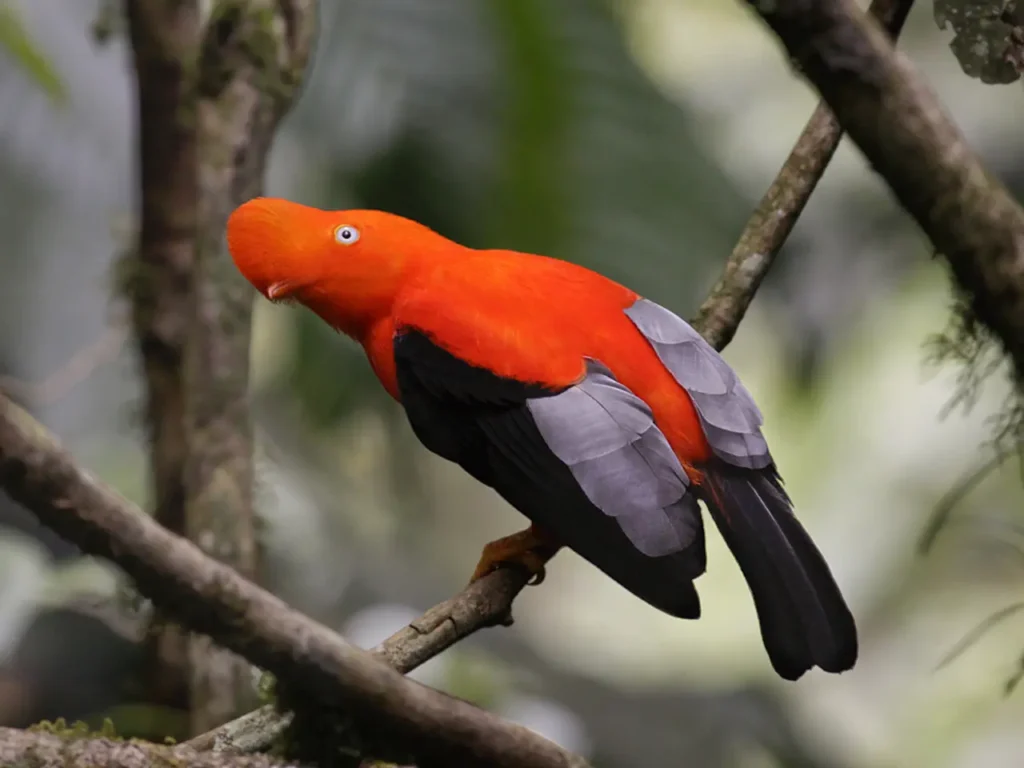
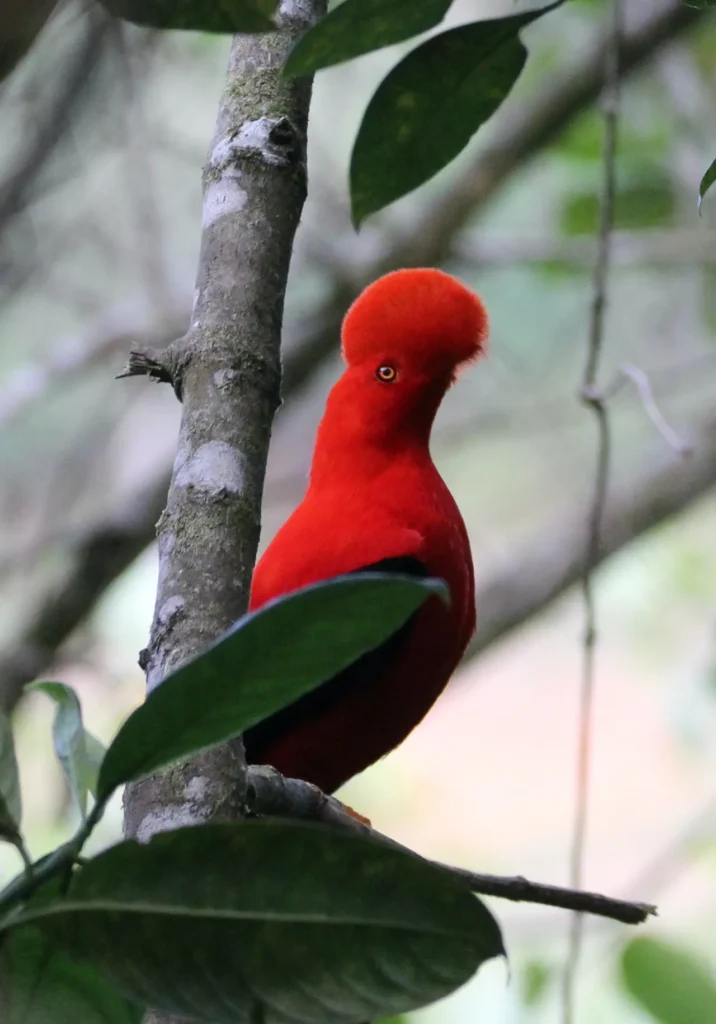
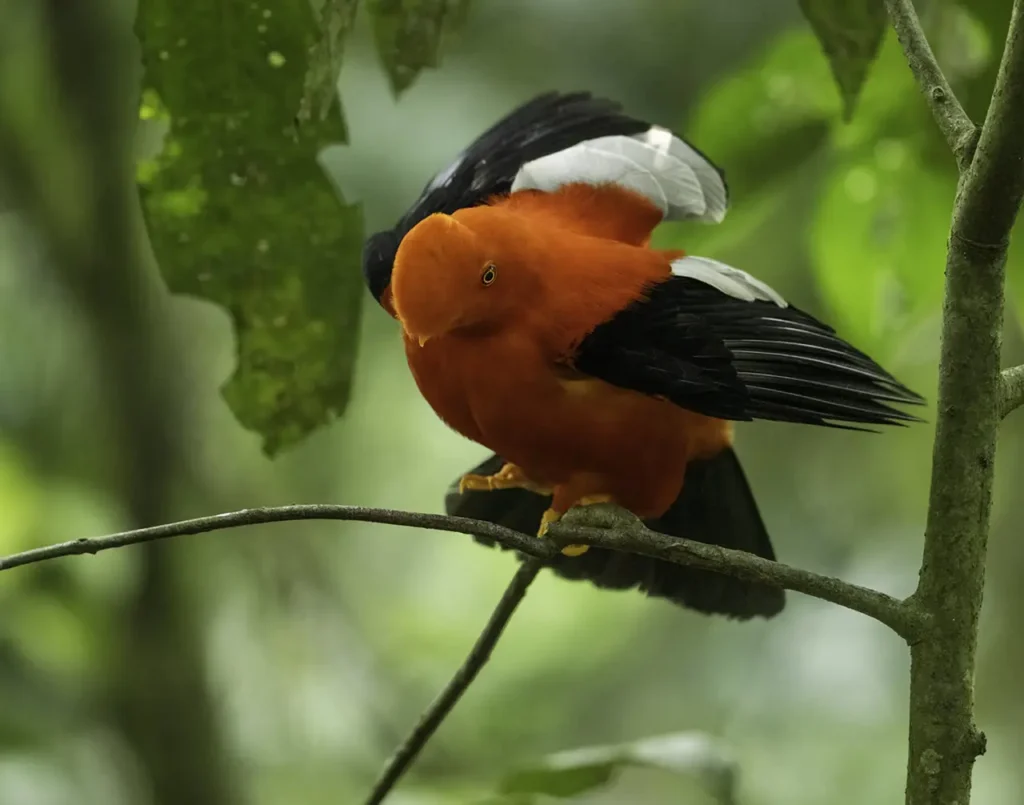
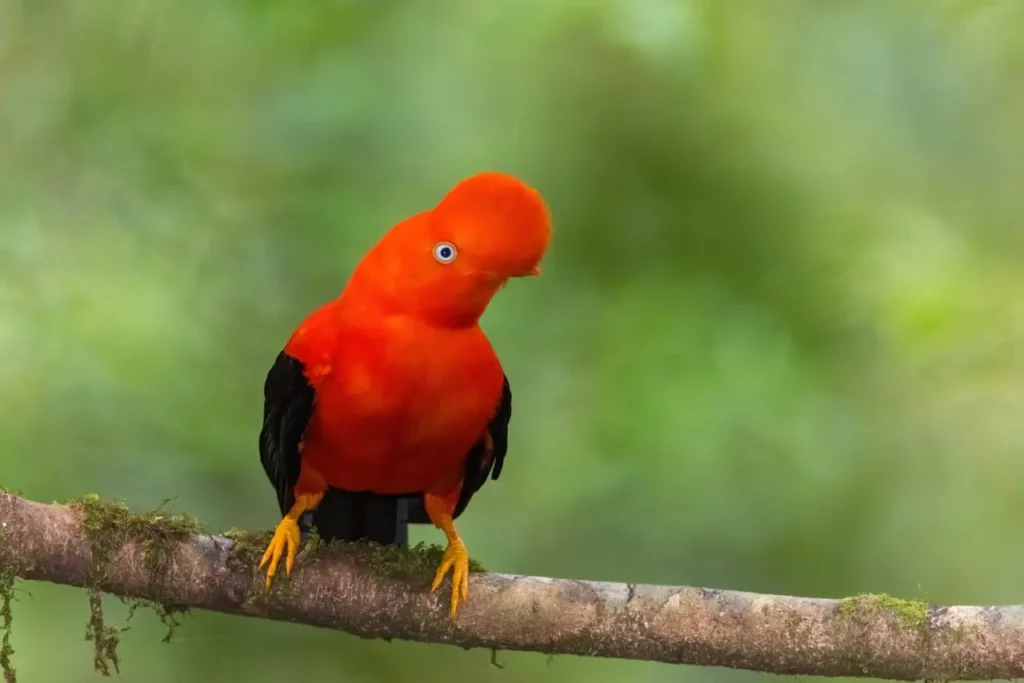
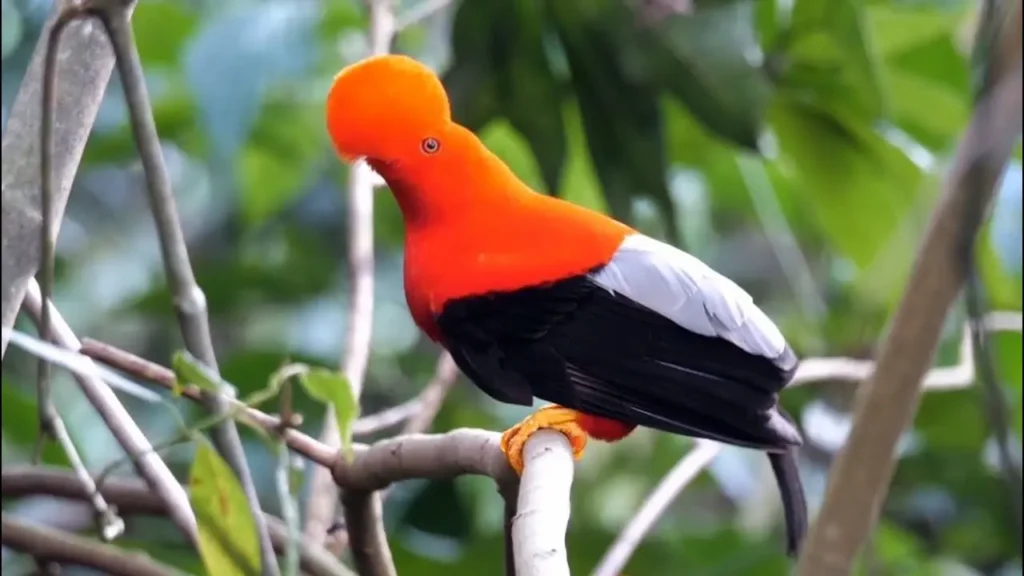
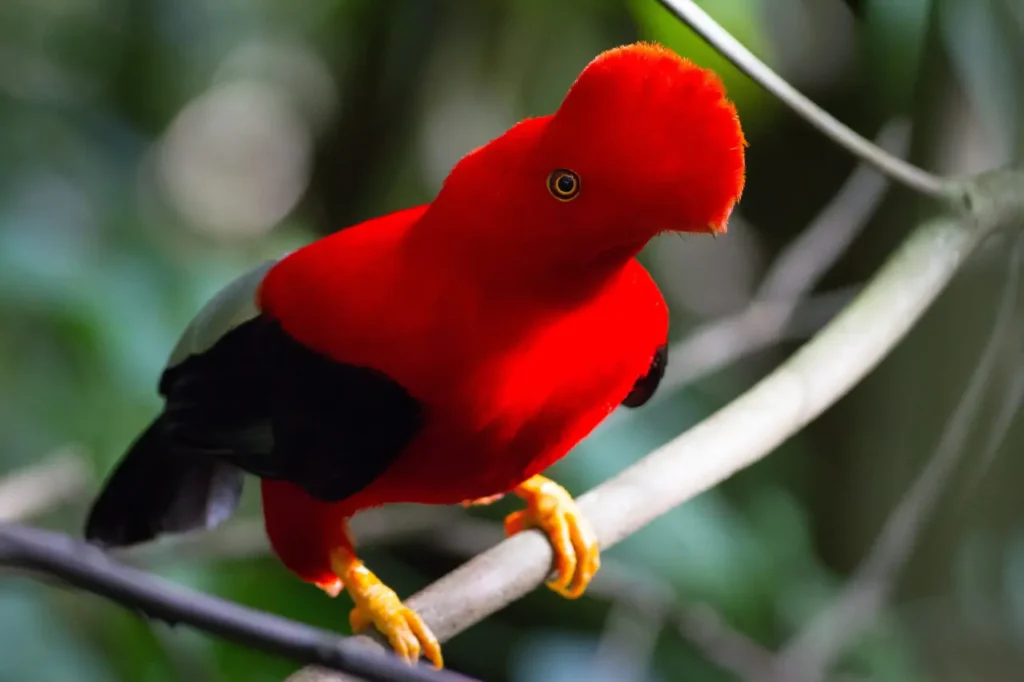
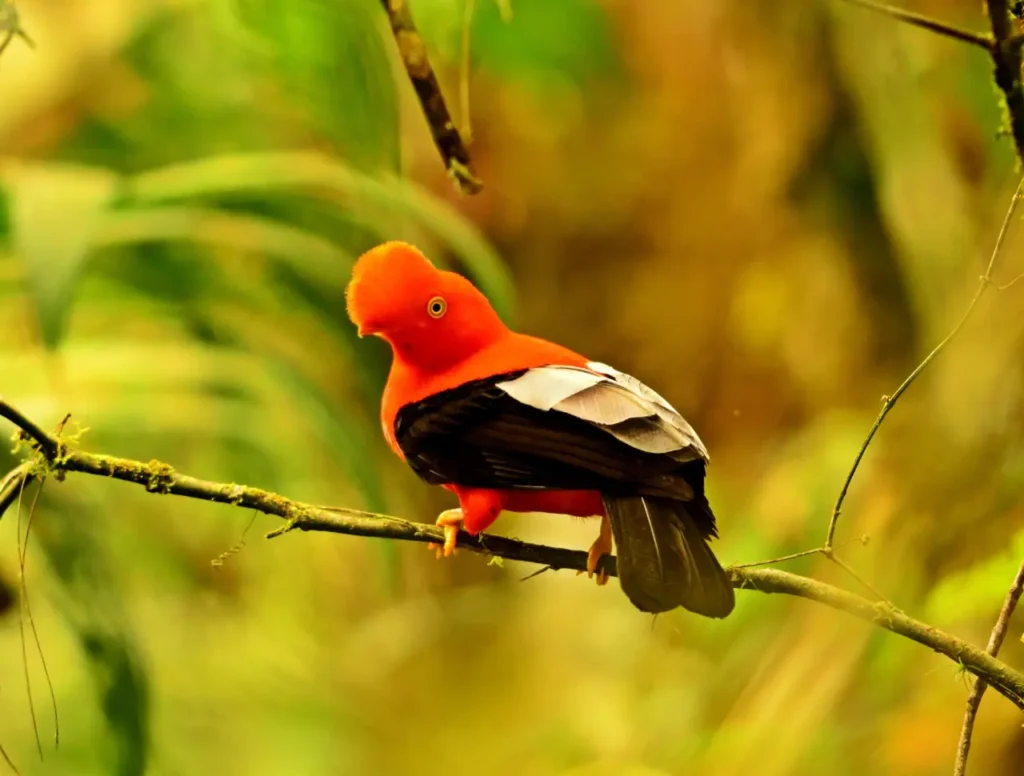
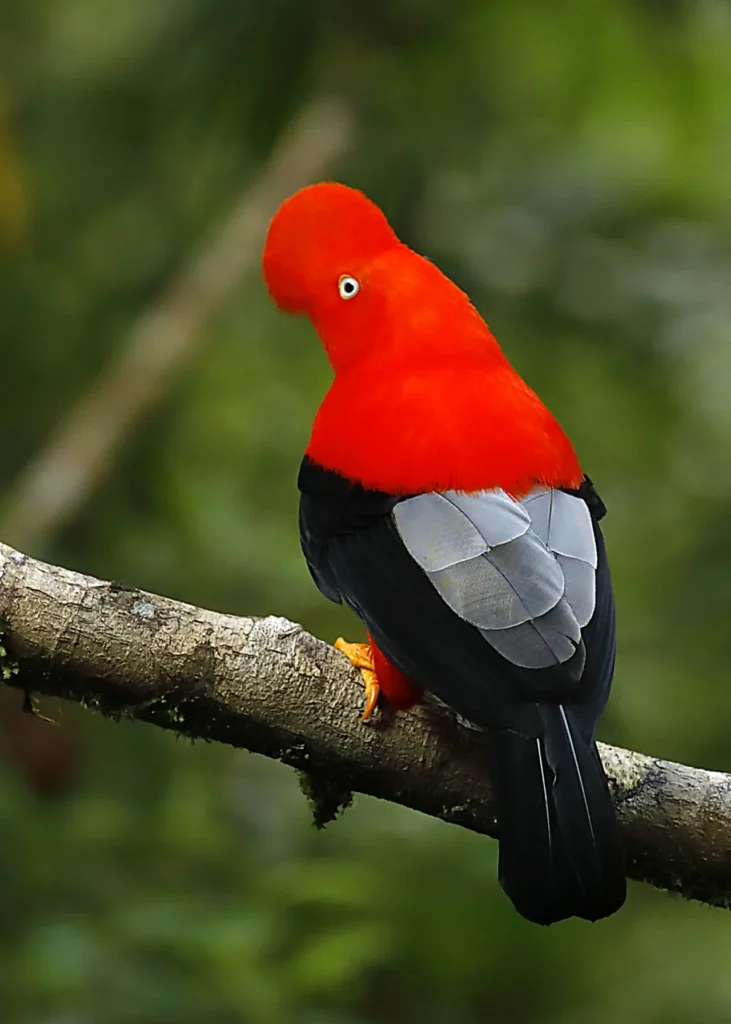
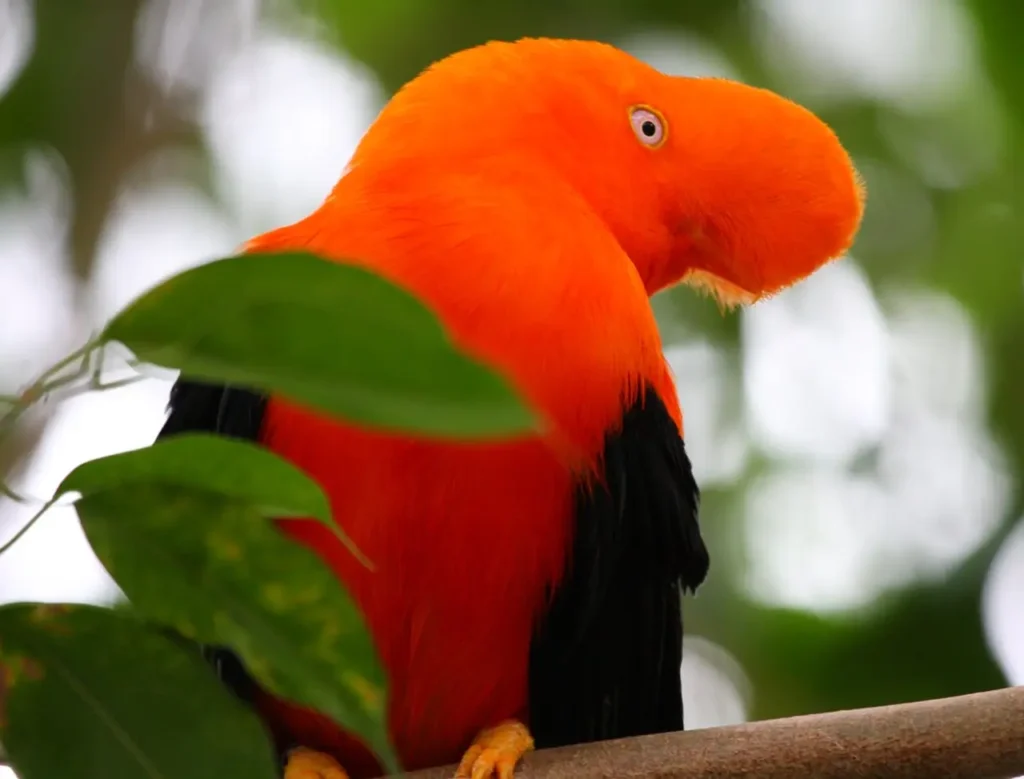
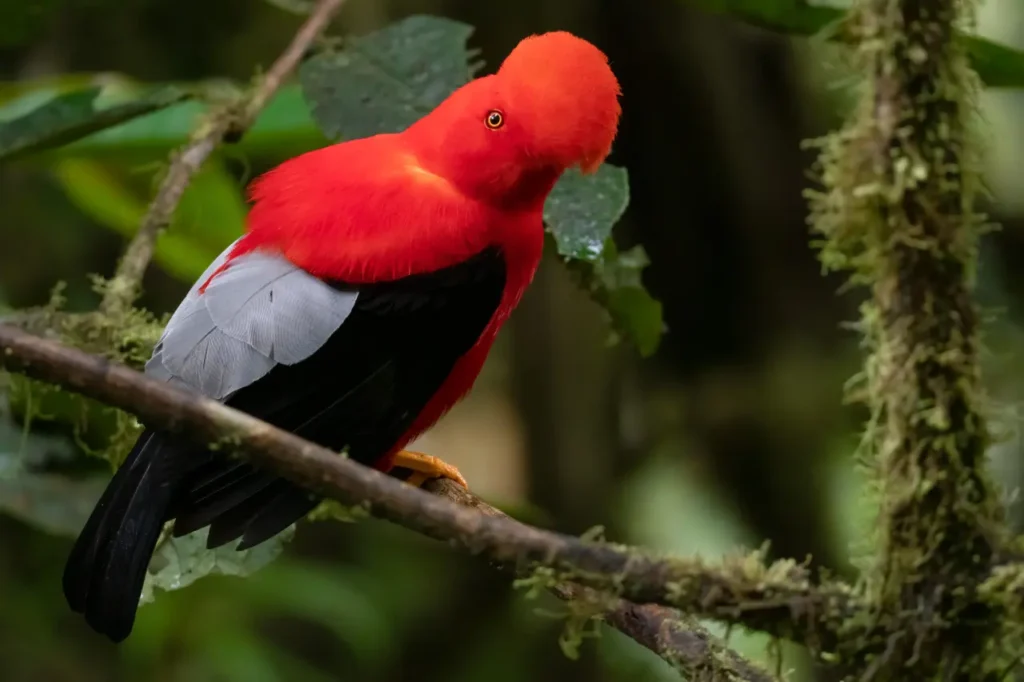
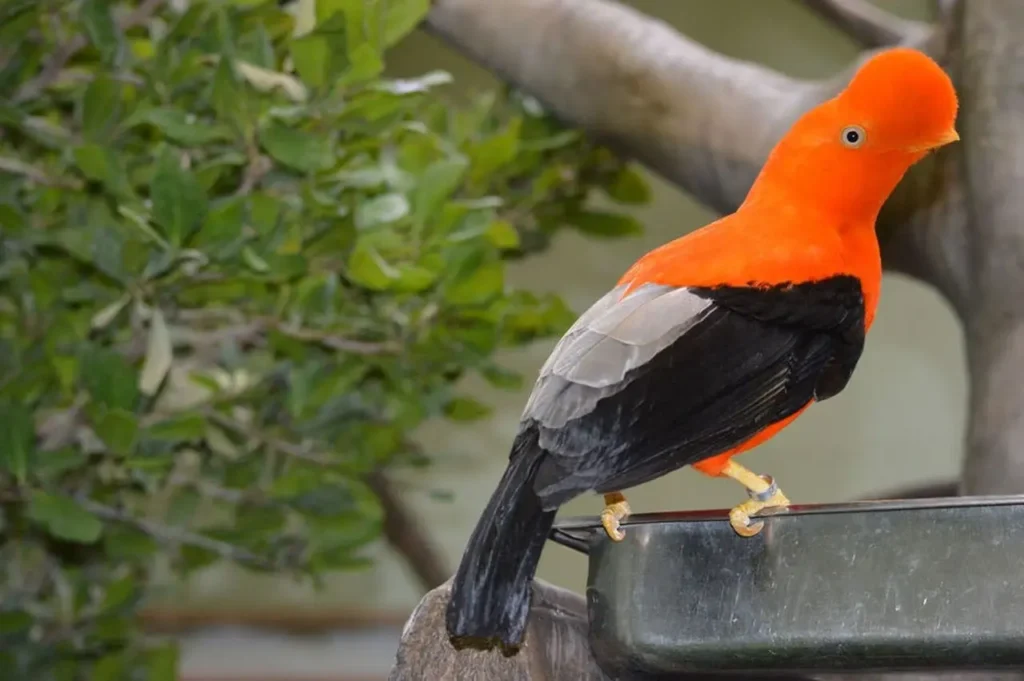
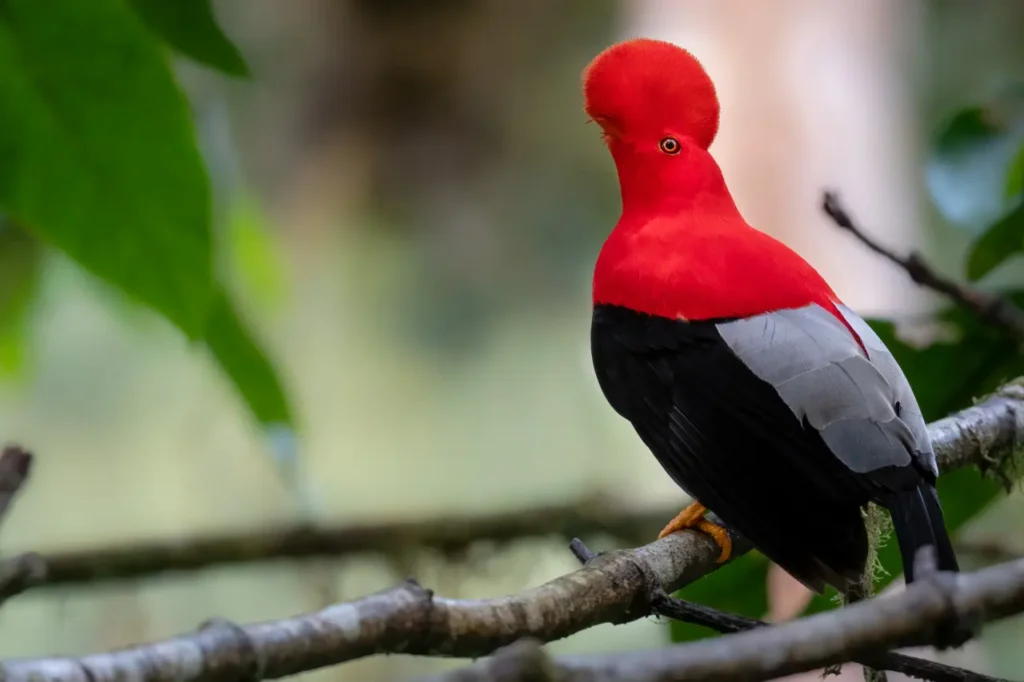
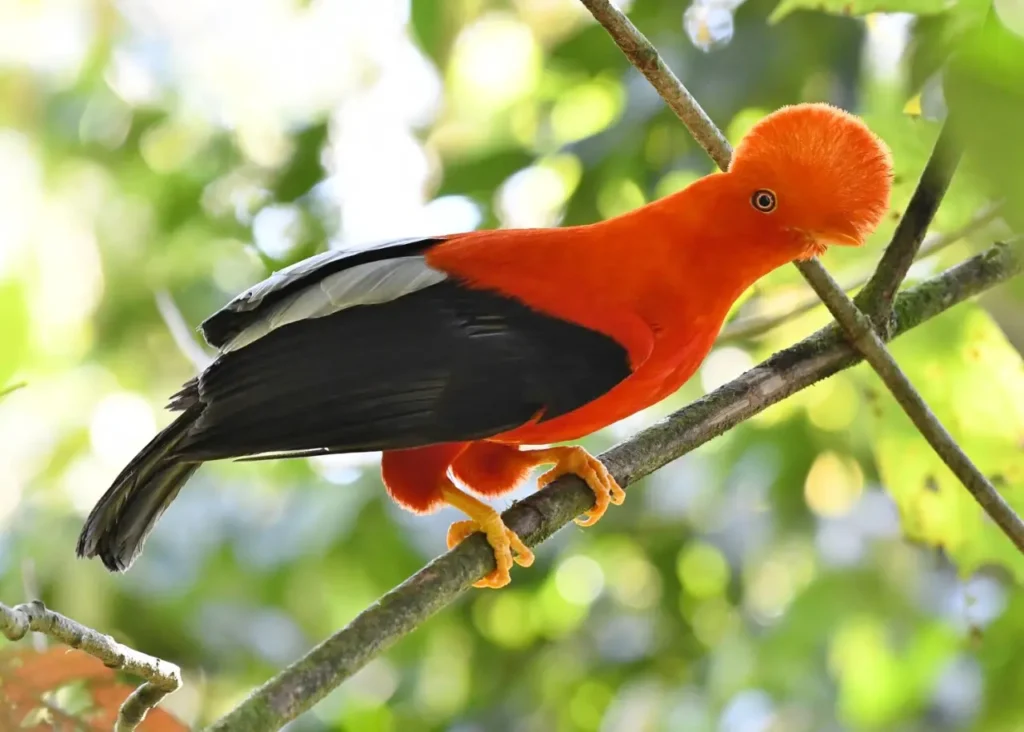
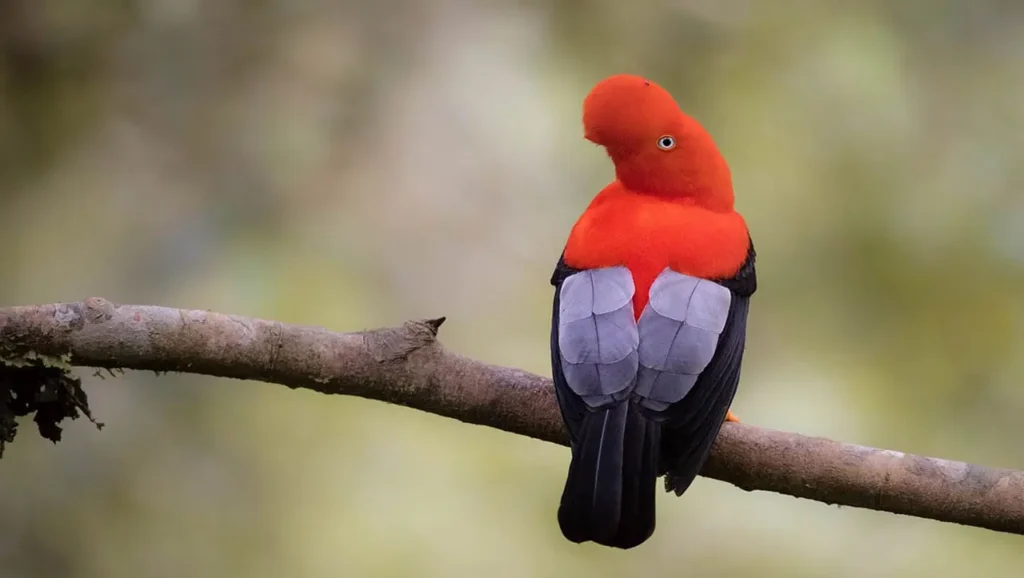
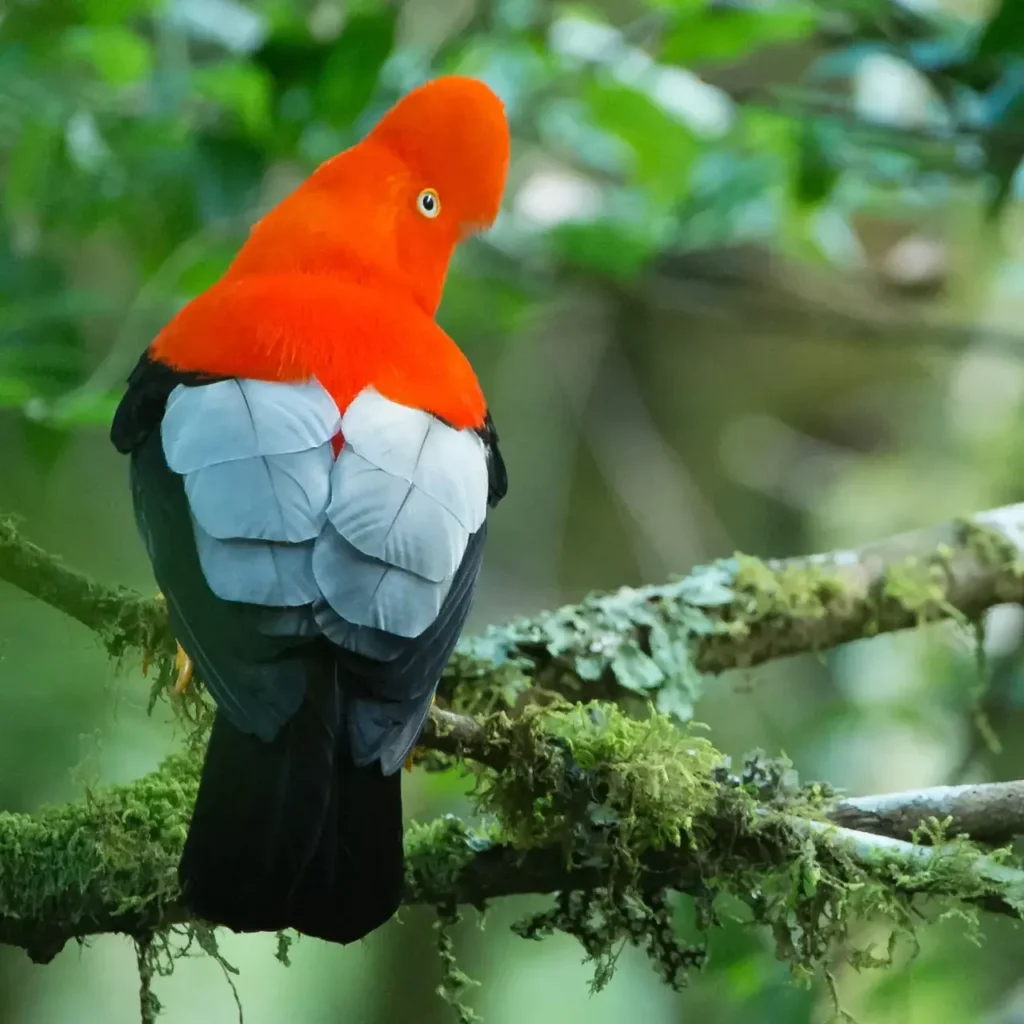
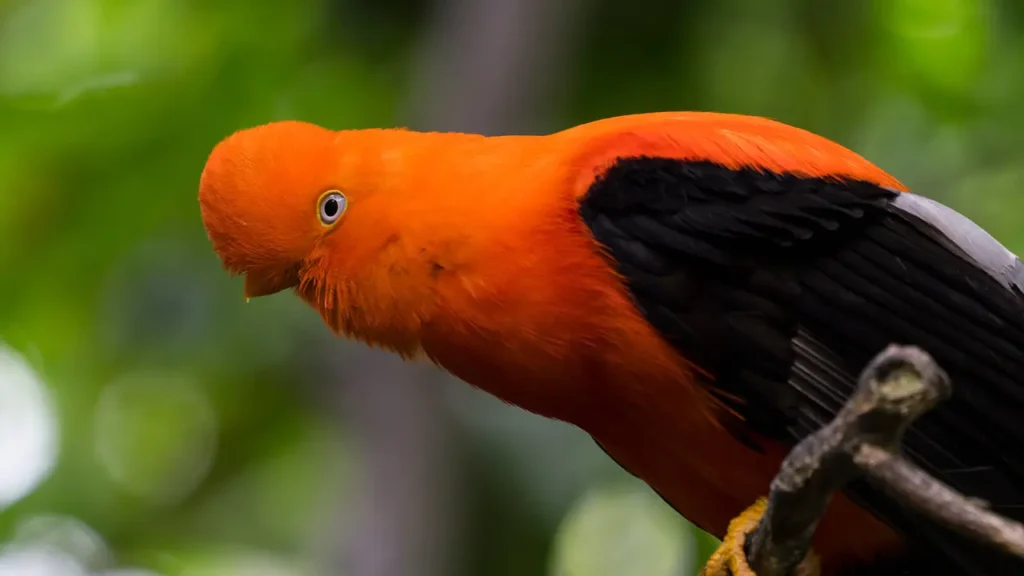
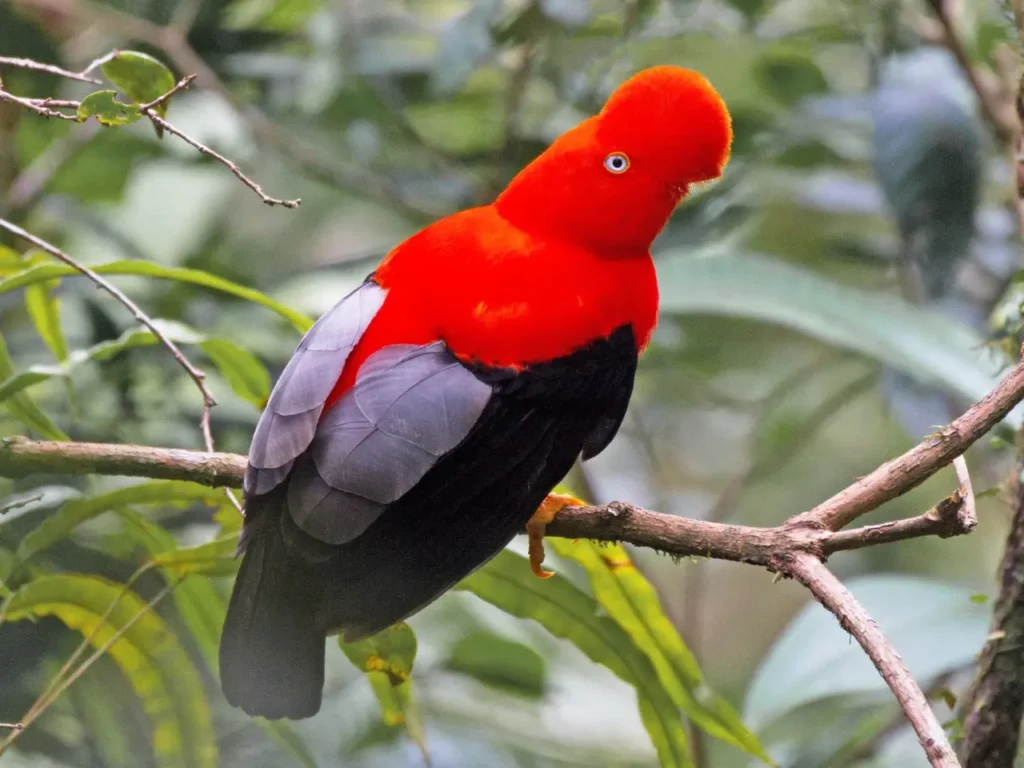
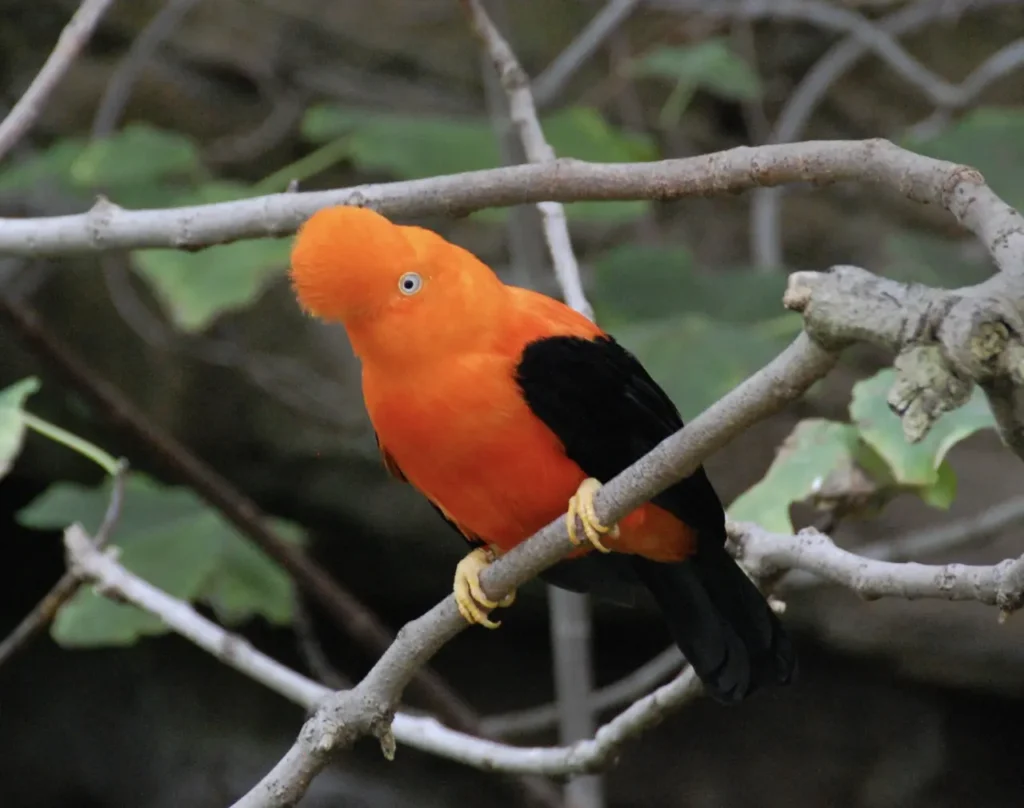
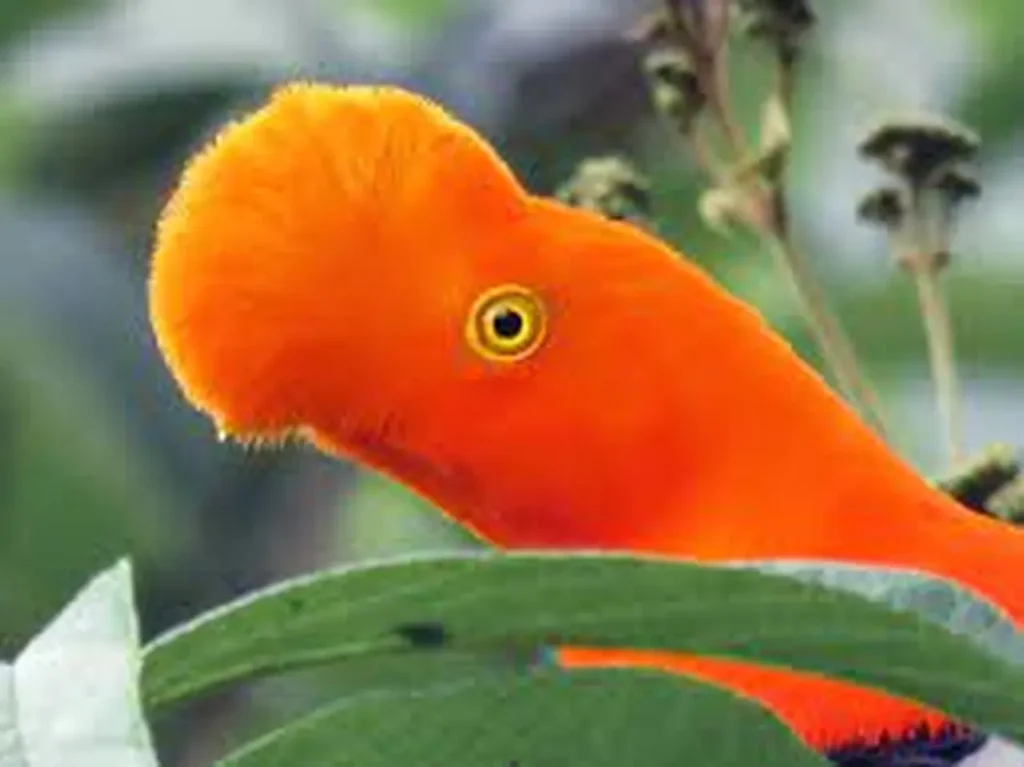
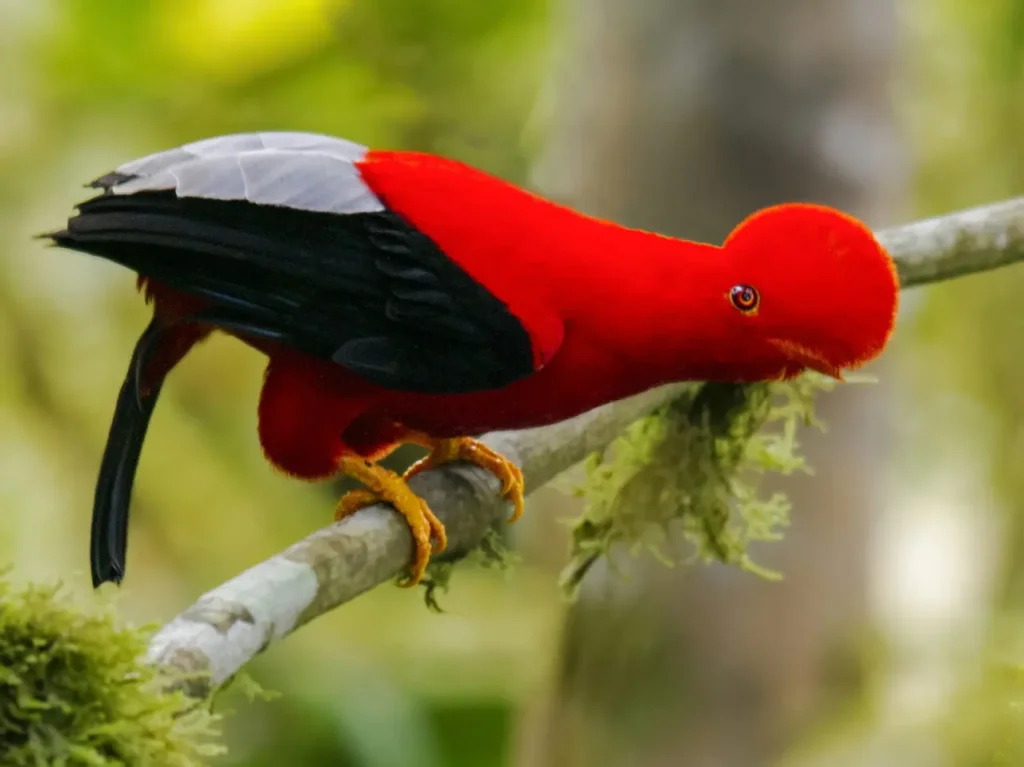
Facts about Andean Cock-of-the-Rock
The Andean Cock-of-the-Rock, also known as the “Gallito de las Rocas” in Spanish, is a medium-sized bird belonging to the Cotinga family. It is primarily found in the cloud forests and montane regions of the Andes, spanning from Venezuela and Colombia to Ecuador, Peru, Bolivia, and northern Argentina. This elusive species prefers undisturbed habitats with dense foliage, where it can thrive amidst the lush vegetation and moss-covered trees.
One of the most striking features of the Andean Cock-of-the-Rock is its flamboyant plumage. The males are adorned with vibrant shades of bright orange, contrasting with their jet-black wings and tail feathers. The brilliant coloration of the males is thought to play a crucial role in attracting mates during courtship displays. Females, on the other hand, possess more subdued colors, allowing them to blend seamlessly into their surroundings and protect their nests from potential predators.
During the breeding season, male Andean Cock-of-the-Rocks gather at designated display areas known as “leks.” Here, they showcase their captivating courtship rituals in an attempt to woo the females. The males perch on exposed branches, fluffing their feathers and performing elaborate displays that involve hopping, wing-fluttering, and vocalizations that resemble a series of loud popping sounds. Their spirited performances, combined with their vibrant plumage, create a visual spectacle that leaves spectators in awe.
Once a female is enticed by a male’s display, she selects a suitable partner, and the pair engages in a brief courtship period before building a nest together. The nest is carefully constructed in rock crevices, tree hollows, or banks, providing a safe and secluded space for the female to lay her eggs. The female incubates the eggs while the male diligently defends their territory and brings food to sustain the growing family.
As the nestlings hatch, their fluffy down feathers gradually give way to the distinctive plumage of adult birds. Young Andean Cock-of-the-Rocks are initially dull in color, with shades of brown and gray, but as they mature, their feathers transform into the vibrant hues that define their species. This transformation is a testament to the bird’s beauty and an indication of its readiness to participate in future courtship displays.
Sadly, the Andean Cock-of-the-Rock faces various conservation challenges due to habitat destruction and fragmentation. Deforestation, illegal hunting, and climate change pose significant threats to its population. Efforts are underway to protect and restore its habitats, raise awareness about its ecological importance, and promote sustainable practices that safeguard this remarkable species.
Encountering the Andean Cock-of-the-Rock in its natural habitat is a truly remarkable experience. Its captivating display, vibrant colors, and unique behaviors leave a lasting impression on all who have the privilege of witnessing it. By supporting conservation initiatives and celebrating the beauty of this extraordinary bird, we contribute to its survival and ensure that future generations can continue to marvel at its splendor.
The Andean Cock-of-the-Rock stands as a symbol of beauty, resilience, and the remarkable diversity of our natural world. Let us cherish and protect this magnificent creature, ensuring that its presence graces the misty forests of the Andes for generations to come.
